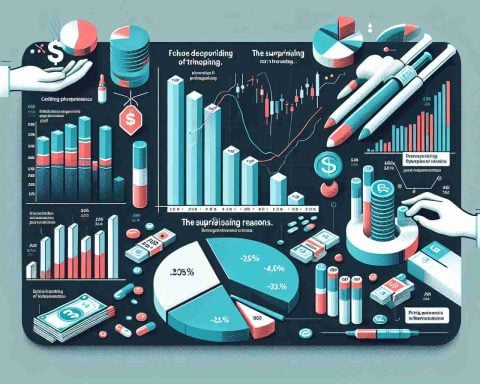The Durability of Tesla’s LFP Battery Pack
A remarkable owner experience reveals that the 2022 Tesla Model 3 equipped with an LFP battery pack remains in excellent condition even after reaching 110,000 miles. This specific vehicle, hailing from Fremont, California, has been extensively used for ride-sharing in Texas.
The owner shares that despite regularly charging the battery to 100% using DC fast charging, the vehicle has shown only a modest degradation of around 5%. Initially, the battery provided a usable capacity of 57.5 kWh, allowing for a maximum driving range of 272 miles when new. After extensive use, the current range stands at 258 miles, illustrating impressive battery longevity.
Lithium iron phosphate (LFP) batteries are noted for their lower production costs and minimal degradation despite frequent full charges. In contrast, nickel manganese cobalt (NMC) batteries typically require charging to only 80% for optimal lifespan. Many EV manufacturers endorse the practice of charging LFP batteries to full capacity, benefitting users with sustained performance and longevity.
However, since October 2022, Tesla has stopped producing the LFP version of the Model 3 for the U.S. market, leaving only NMC-powered vehicles available. For prospective buyers, the used LFP-equipped Model 3 remains a compelling option, showcasing the charm of reduced degradation and cost efficiency in the EV landscape.
Unveiling the Longevity: Tesla’s LFP Battery Performance After 110,000 Miles
Recent real-world data from 2022 Tesla Model 3 vehicles equipped with lithium iron phosphate (LFP) battery packs is reshaping perceptions surrounding electric vehicle (EV) battery longevity. One remarkable account details an LFP Model 3 from Fremont, California, which has achieved a notable 110,000 miles while continuing to perform exceptionally well.
Despite extensive use in ride-sharing services across Texas and consistently charging the battery to 100% with DC fast chargers, the vehicle experiences only a minimal degradation of about 5%. Originally providing a usable capacity of 57.5 kWh and a maximum range of 272 miles, this Model 3’s current range stands at 258 miles, exemplifying the impressive durability of LFP battery technology.
Key Features of LFP Batteries:
1. Cost-Effective Production: LFP batteries are generally cheaper to produce than their nickel manganese cobalt (NMC) counterparts, making them an attractive option for manufacturers looking to reduce costs without sacrificing performance.
2. Degradation Resistance: Unlike NMC batteries, which tend to degrade faster when charged to their maximum capacity, LFP batteries are designed to handle frequent full charges with little impact on their lifespan.
3. Optimal Charging Practices: While NMC batteries are often recommended to be charged up to 80% to optimize longevity, LFP batteries thrive when charged to their full potential, allowing owners greater flexibility.
Limitations of LFP Batteries:
– Energy Density: One of the main drawbacks of LFP technology is its energy density, which is typically lower than NMC batteries. This means that vehicles equipped with LFP batteries may have reduced range compared to those using NMC.
– Cold Weather Performance: LFP batteries may also experience reduced performance in extremely cold conditions, which could impact overall driving range and efficiency.
Market Trends and Innovations:
Since October 2022, Tesla ceased production of the LFP Model 3 for the U.S. market, focusing instead on NMC-powered vehicles. This shift has created a niche for used LFP versions in the EV market, appealing to environmentally conscious consumers and budget-minded buyers alike.
Insights into Future Developments:
As EV technology evolves, it is likely that LFP batteries will see innovations that enhance their performance in diverse conditions, potentially increasing energy density and cold-weather functionality. Market analysis indicates that the demand for sustainable, cost-effective battery options is likely to grow, leading manufacturers to explore advancements in LFP technology.
For those considering a Tesla Model 3, the used LFP option presents a compelling choice, especially for those prioritizing cost efficiency and long-term battery health. As environmental concerns continue to drive consumer preferences, LFP batteries could play a significant role in the future of electric mobility.
For more information on Tesla’s innovations and updates, visit Tesla’s official website.












